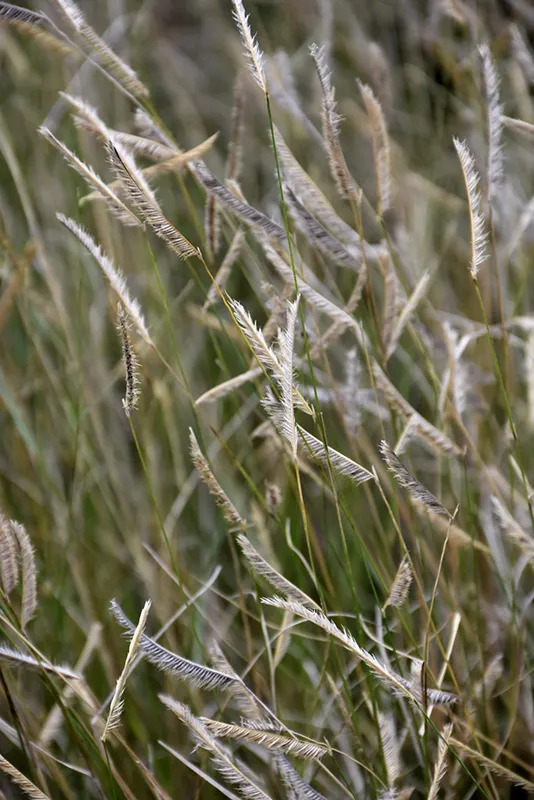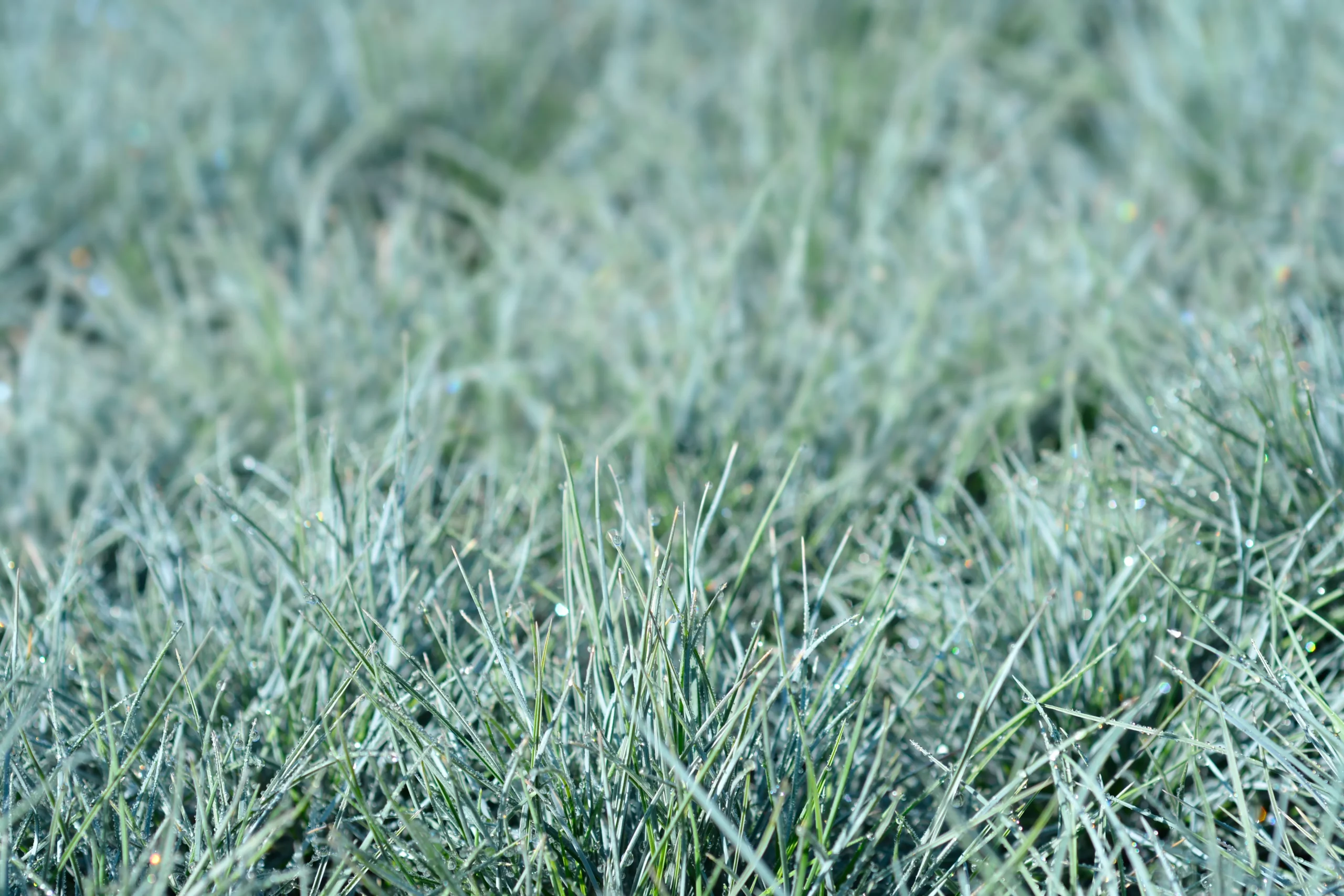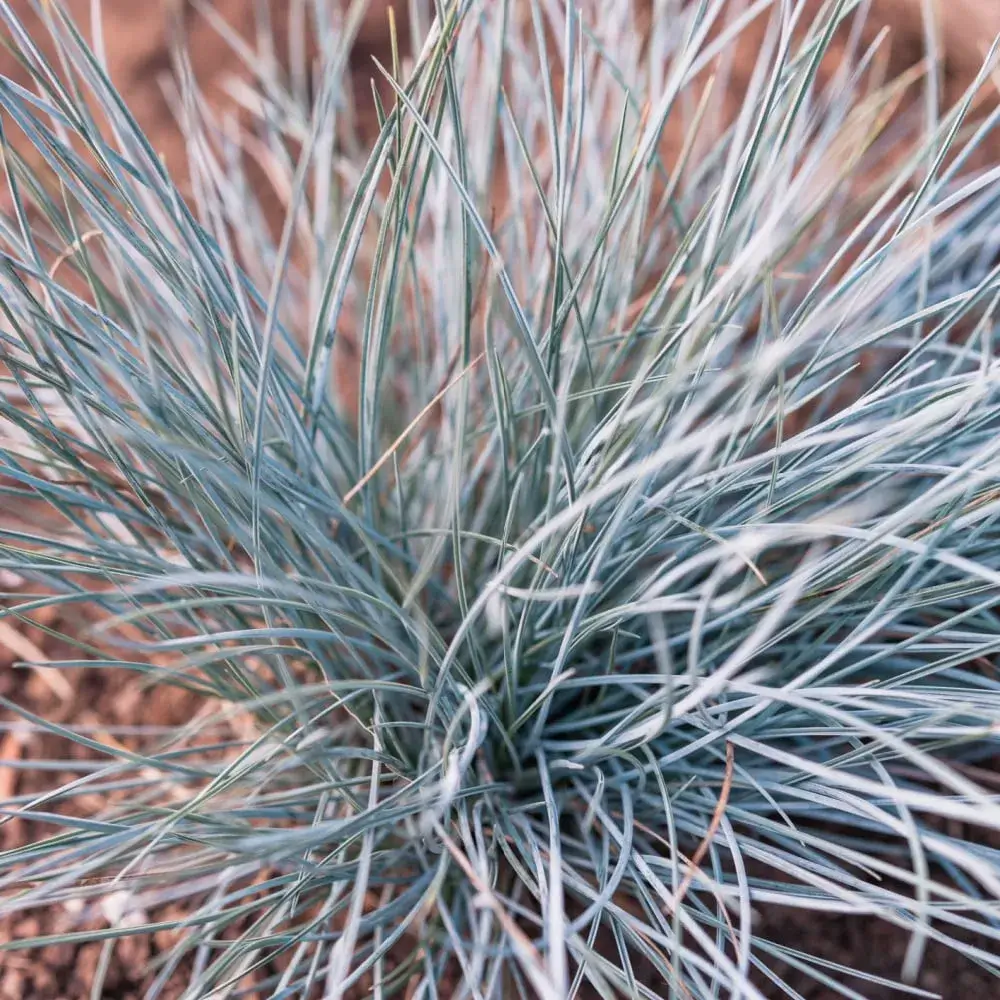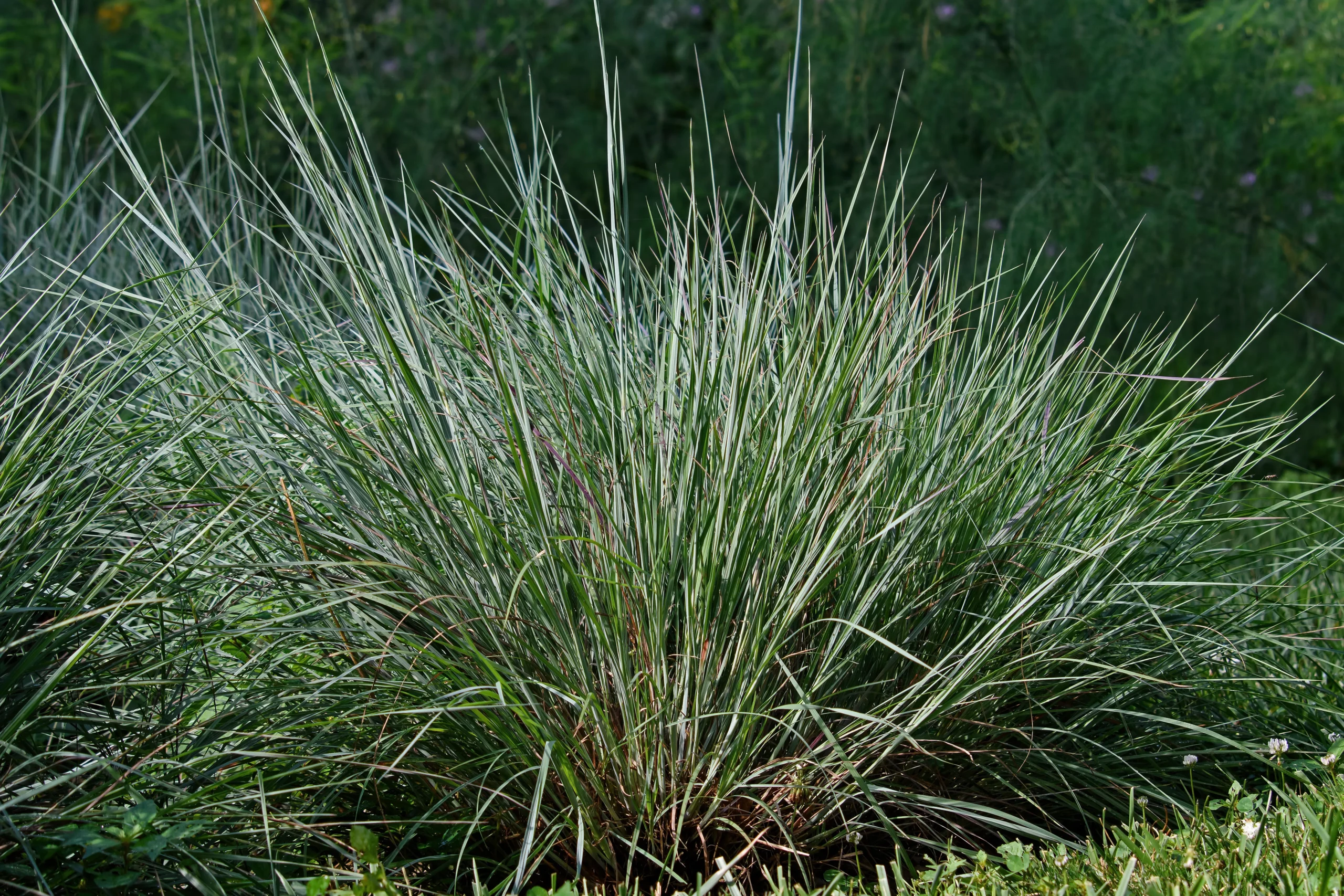Dive into the fascinating world of plants with our curated plant database, a hub of knowledge featuring a wide array of plant species. From vibrant blooms to rare specimens, explore the intricate details and diverse characteristics of the plant kingdom.
Bouteloua gracilis Blonde Ambition
Festuca glauca
Festuca glauca 'Elijah Blue'
Bouteloua Gracilis
Big Bluestem and Little Bluestem are two notable native grasses in North America, each playing a significant role in natural and cultivated landscapes. These grasses are part of the prairie ecosystem and are valued for their ecological importance as well as their ornamental qualities in gardens and landscapes.
Big Bluestem (Andropogon gerardii) is known for its tall stature and distinctive seed heads. It’s often called the “King of the Prairie” due to its dominance in the North American grasslands. This perennial grass can reach heights of up to 6 feet or more and is recognized for its deep root system, which helps with soil stabilization and drought tolerance. In the garden, Big Bluestem adds vertical interest and a dynamic, flowing texture. It’s particularly striking in the fall when its foliage turns to shades of bronze, orange, and purple.
Schizachyrium scoparium, commonly known as Little Bluestem, is a smaller cousin of Big Bluestem. This grass typically grows to about 2 to 4 feet tall and is known for its fine-textured foliage that changes color with the seasons. In the summer, it has a bluish hue, transitioning to a striking orange-red in the fall. The fluffy, silver-white seed heads of Little Bluestem add additional visual interest and persist through the winter, providing food for birds and small wildlife.
Little Bluestem grass is highly adaptable and can thrive in a range of soil types, though it prefers well-drained soils. It’s an excellent choice for native plant gardens, prairie restorations, and naturalized areas. This grass is also used in ornamental landscaping for its texture, color, and ability to provide year-round interest.
Native grasses like Big Bluestem and Little Bluestem are important for their ecological benefits. They provide habitat for wildlife, support pollinators, and are integral to the prairie ecosystem. Their deep root systems help in soil conservation and improve soil health.
The bluestem flower, while not as showy as some ornamental flowers, adds a subtle beauty to these grasses. The flowers of Big Bluestem and Little Bluestem are typically small and feathery, appearing in late summer to early fall. They play a critical role in the plant’s life cycle and contribute to the overall aesthetic of the grasses in a natural setting.
In summary, Big Bluestem and Little Bluestem are valuable native grasses in North America, both ecologically and ornamentally. Big Bluestem, with its tall and striking presence, and Little Bluestem, known for its colorful foliage and adaptability, offer a range of benefits for gardens and landscapes. They provide interest across multiple seasons, support local wildlife, and help maintain the health and diversity of prairie ecosystems. These native grasses are excellent choices for those looking to incorporate native plants and natural beauty into their outdoor spaces.
Sign up below to get exclusive deals, discounts, and new plant collections—delivered straight to your inbox! Plus, stay inspired with the latest gardening tips, landscaping trends, and DIY garden ideas. Start growing with us today!
A big thank you for subscribing to the PBN Design newsletter.
We're thrilled to have you join our community. Get ready for exciting updates, insightful content, and more delivered straight to your inbox.
Stay tuned!
Go back



;)
